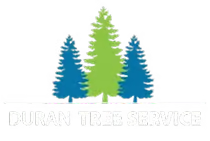Do You Need a Permit to Cut a Tree Down in Oregon?
Planning to remove a tree on your Oregon property? Learn the permit rules first to avoid fines and legal trouble. Tree removal permit regulations vary significantly across Oregon municipalities, with some cities imposing fines up to $138,000 for unpermitted tree removal. This guide explains tree permits in the Portland metro area for Portland tree removal. It shows when you need official approval to cut down a tree. In many cases you must file a tree removal permit application. Some cities also require a city removal permit even for trees on private land. Before you start, check your city’s tree code and begin the permitting process early. If you’re unsure where to begin, contact your local urban forestry office or urban forestry resources.
Is it a Street Tree or Private Tree on your property?
First, learn the difference between street trees and private trees. They follow different rules and standards.
Street trees in the city right-of-way
Street trees are any trees growing in the city’s right-of-way, which is the strip of land near city streets. The public right-of-way usually runs from the curb and includes the sidewalk. It can also extend past the sidewalk onto private property, and the exact distance varies by location. Even if a tree straddles the line between private property and the right-of-way, it’s still considered a street tree.
Street trees can exist in both “improved” right-of-ways (with sidewalks) and “unimproved” right-of-ways (without sidewalks). Usually, the property owner next to a street tree must care for and maintain it. This is true even though the tree is on public property.
Before taking action on a street tree, submit a tree removal application and wait for approval. Applications often ask for your mailing address and basic site details. A tree removal permit is almost always required for street trees, and rules can be strict. If you’re not sure whether a tree sits in the right-of-way, contact the city to verify boundaries and next steps. For quick help with questions about public right-of-way trees, your city forester can guide you. If you have tree concerns, reach out before you cut.
Private trees
Private trees are located entirely on private property and do not straddle the right-of-way line. These trees usually have fewer rules than street trees. But you may still need a permit depending on the tree’s size, location, and local ordinances. Rules for private property trees vary by city, and proper tree care and site safety are still required. When in doubt, consult an experienced arborist to evaluate risks and options. Some approvals also require mitigation such as private property tree replacement.
When is a Tree Removal and Replanting Permit Required in Oregon?
Street Trees in Portland
A permit is always required to remove a street tree in most Oregon cities, with very limited exceptions. In Portland, you need a permit to remove any street tree. The only exception is sucker shoots or self-sown trees under 1/2 inch in diameter.
Beaverton requires permits for all street tree removal, applying to single-family homes, apartments, and commercial buildings. Property owners must obtain permits before removing any tree from the public right-of-way.
Hillsboro requires property owners to obtain a free permit before street tree planting or removing trees from within the public right-of-way. This requirement helps the city maintain its goal of achieving “Tree City USA” status.
Tigard requires permits for any street tree removal, with replacement trees typically required unless an exemption is granted by the city.
Private Trees permit questions
For private trees, permit rules usually depend on the tree’s size. Most Oregon cities require a permit if the trunk diameter is above a set limit.
- Portland: Tree removal permit required for trees 12 inches in diameter or larger at 4.5 feet height
- Beaverton: Most trees don’t need permits. Protected trees in certain zones may require one, with fees from $75 to $1,000
- Aloha: Trees under 10 inches in diameter generally don’t require permits, with exceptions for trees in protected zones
- Forest Grove: Permits are required for trees 6 inches in diameter or larger. On developable land, Oregon white oaks need permits at 3 inches or larger
- Tigard: No permit is required to remove a tree on a single-family lot. But you do need one if the tree is a heritage or significant tree, or it’s in a sensitive area.
Beyond size requirements, permits may also be required for private trees in specific circumstances:
- Trees on non-residentially zoned property (always require permits in many cities)
- Trees within required vegetated natural resource buffer zones
- Trees that would destabilize steep slopes or geological hazard areas
- Trees protected by recorded covenants, landscape easements, or Heritage Tree designations
- Trees in certain environmental overlay zones and plan districts
When Don’t You Need a Permit to Remove a Tree?
While permit requirements are extensive, there are several situations where you can remove trees without obtaining permits:
Normal pruning and maintenance usually don’t need permits. But many cities ban “topping,” which means cutting off more than half of a tree’s canopy. In some jurisdictions, significant pruning may require pruning permits, so check local rules. Professional arborist advice is recommended for significant pruning work. For many species, winter tree pruning reduces stress and lowers disease risk while keeping you aligned with local pruning guidelines.
Residential zones often have more lenient requirements. In Tigard, trees on individual single-family lots generally don’t require permits unless they fall into special protection categories. In Aloha you can remove trees under 10 inches in diameter without a permit. You can also remove Lombardi Poplar trees (considered invasive) and fruit trees.
Small trees and shoots are usually exempt. Many cities allow removal of small volunteer trees, sucker shoots, or trees below certain diameter thresholds without permits. Cities post updates and notices on their websites and social media, which can help you track changes.
Emergency situations may allow immediate removal when an emergency tree threatens public safety. If you notice a tree leaning toward your house, learn the warning signs and safe solutions before acting, as some situations may qualify as emergencies. You must usually report the removal to the city—when this happens, contact the city as soon as it’s safe. If you prefer professional help, hire reputable local tree care providers who know local rules.
Why Tree Permits Matter for Urban Forestry
Tree permit systems exist for critical environmental, safety, and community reasons that extend far beyond bureaucratic requirements.
Environmental protection is a top priority. Environmental protection relies on urban forests to manage stormwater, improve air quality, prevent erosion, and reduce urban heat islands. Trees also provide crucial wildlife habitat and contribute to overall ecosystem health.
Community aesthetics and property values are significantly impacted by tree canopy coverage. Well-maintained urban forests increase property values and contribute to community desirability, making permit systems essential for protecting these investments.
Safety considerations ensure that tree removal is conducted properly and doesn’t create hazards for neighboring properties, utilities, or public infrastructure. Professional oversight helps prevent accidents and property damage.
What Is the Penalty for Cutting a Tree Without a Permit? Who to Contact or Check Social Media
The financial consequences of unpermitted tree removal can be severe and far-reaching. Penalties vary significantly across Oregon municipalities, but the costs can be substantial enough to cause serious financial hardship.
Portland can fine up to $1,000 per tree. Some sources say fines may be $100 per inch of trunk diameter. The city code allows for penalties up to $1,000 per day, and each tree constitutes a separate violation.
Forest Grove takes illegal tree removal seriously. The city will stop processing land use permits for any parcel with unauthorized removal until required mitigation is complete.
Hillsboro adopted stricter tree care rules to qualify for Tree City USA. Property owners must keep branches at least 15 feet above roads to prevent damage to large vehicles.
Beaverton requires a permit for any work on street trees. Property owners may be liable for unauthorized removal or damage to public trees.
Enforcement penalties often increase over time if violations aren’t corrected. Portland’s code includes escalating monthly penalties that continue until violations are resolved and inspected. Properties in violation for three months face enforcement penalties that are twice the standard fee amounts.
Additional costs beyond fines can include required tree replacement, restoration expenses, investigation costs, court costs, and attorney fees. Property liens may be filed against properties with unpaid penalties, creating long-term financial consequences.
The enforcement approach varies by jurisdiction, with some cities taking more aggressive action than others. However, the trend across Oregon is toward stricter enforcement as communities recognize the importance of protecting urban forest resources.
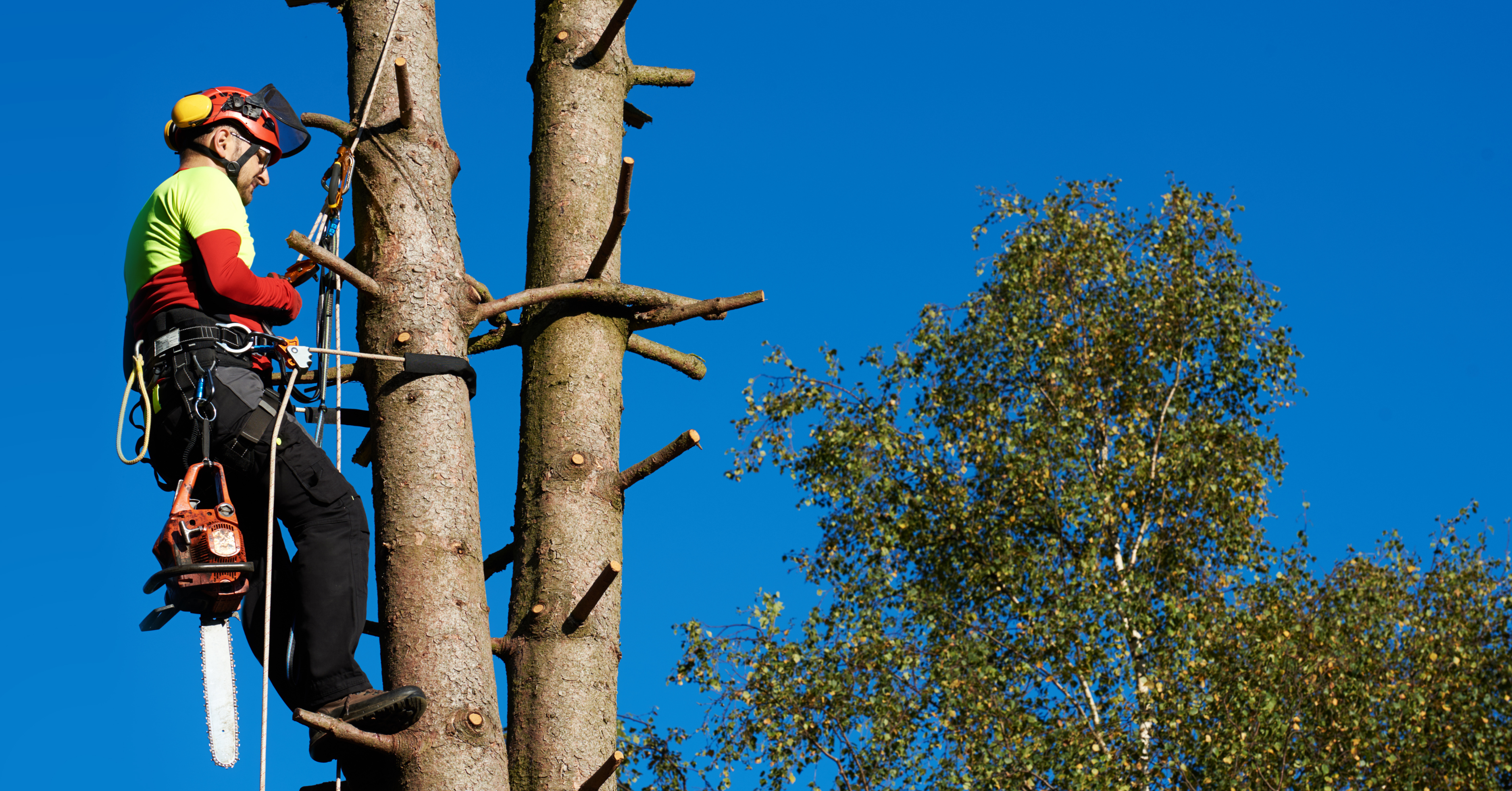
Understanding permit requirements and obtaining proper approvals before tree removal is always more cost-effective than facing penalties after the fact. When in doubt, consulting with certified arborists or contacting your city or checking social media can help ensure compliance and avoid costly violations. If you still have questions, reach out before you cut.
Oregon’s tree permit system reflects the state’s commitment to environmental stewardship and sustainable urban development. By understanding and following these requirements, property owners can contribute to healthy communities while avoiding legal and financial complications. Whether you have one problem tree or a bigger landscape plan, learn the permit rules and follow them. Start by filing the tree removal application where required. If needed, contact a trusted pro or your city first, and talk with an arborist if you want expert guidance.
If you’re unsure about permits or need help with safe tree care, working with a professional makes the process easier. Our certified team is here to guide you through every step, from evaluations to proper removal and pruning. Whether it’s a small backyard project or a large urban tree, trust a local expert to handle it safely and in compliance with city rules. Contact us today for reliable tree service in Hillsboro and keep your property safe, beautiful, and protected from costly fines.

